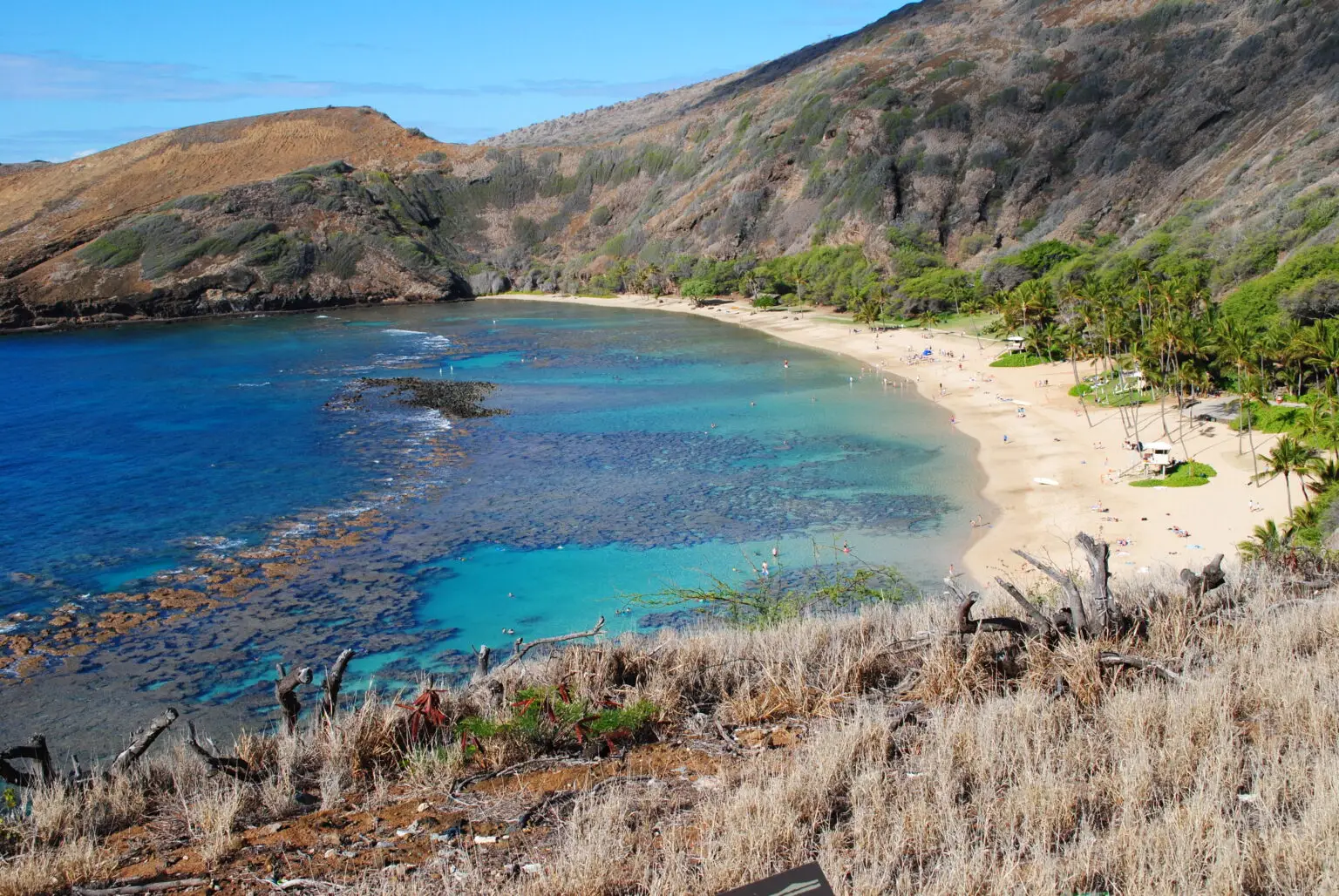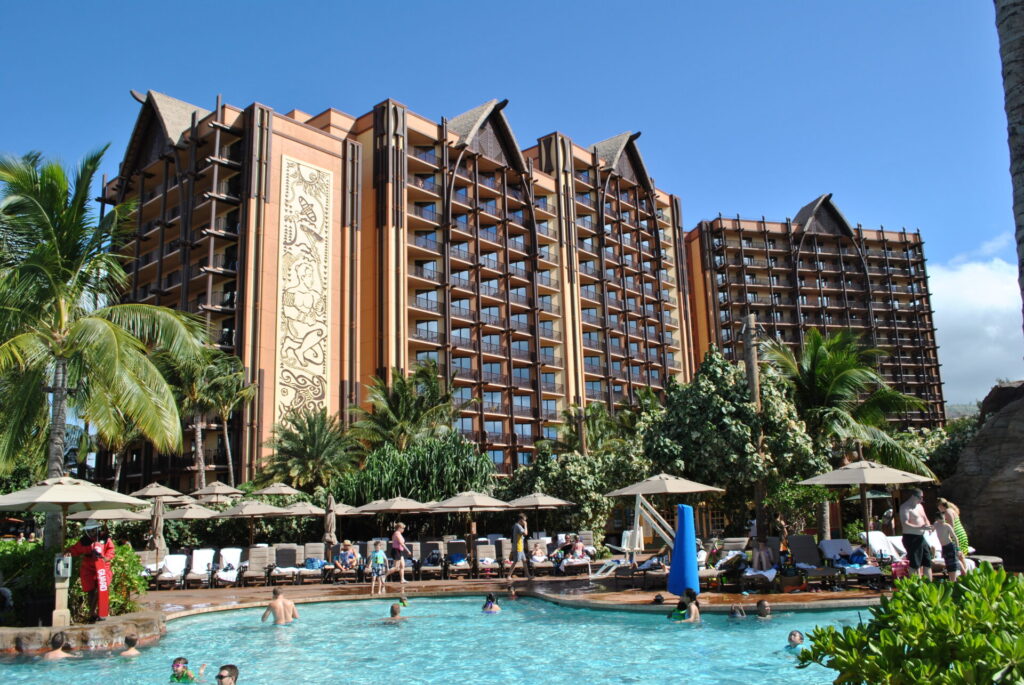
Top Family Beach Escapes for The Winter Holiday Season 2025-2026
When winter hits and temperatures drop, many families start dreaming about sunshine, warm ocean breezes, and stress‑free time together. For larger families especially, finding the
Hawaii, the Aloha State, is a tropical paradise known for its stunning landscapes, rich cultural heritage, and endless adventure opportunities. From the vibrant beaches and volcanic wonders of Oahu to the lush rainforests and waterfalls of Maui, each island offers its own unique charm. Discover the natural beauty of Kauai, the “Garden Isle,” and explore the diverse ecosystems of the Big Island with its active volcanoes and black sand beaches. Whether you’re snorkeling in crystal-clear waters, hiking scenic trails, or immersing yourself in local traditions, Hawaii promises unforgettable experiences on every island.







Hawaii is a captivating archipelago that combines stunning natural beauty with a rich cultural heritage. As the only U.S. state located in the Pacific Ocean, Hawaii offers diverse landscapes, from pristine beaches and lush rainforests to volcanic craters and vibrant coral reefs. Each island has its own unique charm, inviting visitors to explore scenic wonders, engage in thrilling activities, and experience the warm hospitality of the Hawaiian people. Whether you’re seeking adventure, relaxation, or a cultural journey, Hawaii promises a memorable experience in paradise.
Language: Hawaii is part of the United States, so English is the primary language spoken. However, you’ll often hear Hawaiian words and phrases used in everyday conversation. Common phrases like “aloha” (hello, goodbye, love) and “mahalo” (thank you) are part of the local vernacular. Using these expressions is a great way to show respect for the Hawaiin culture and connect with the local residents.
Other important things to know:
Safety: Hawaii is generally a very safe destination, but it’s important to take common-sense precautions, especially when engaging in outdoor activities:
Currency: Hawaii, as a part of the United States, uses the US Dollar (USD) as its official currency. Credit and debit cards are widely accepted throughout the islands, including in hotels, restaurants, and shops. Mobile payment options like Apple Pay and Google Pay are also commonly used. It is always recommended to carry some cash, especially when visiting remote areas, local markets, or smaller establishments that may not accept cards. ATMs are readily available in most towns and tourist areas, making it easy to access cash as needed.
Climate: Hawaii enjoys a tropical climate, with warm temperatures and abundant sunshine year-round. However, the climate can vary slightly between the islands and at different elevations.
Hawaii’s stunning islands offer a variety of transportation options that make exploring its breathtaking landscapes and vibrant towns both convenient and enjoyable. Whether you’re navigating the busy streets of Honolulu, discovering hidden beaches on Maui, or venturing into the lush valleys of Kauai, here’s how to get around Hawaii with ease and efficiency.
Car Rentals: Renting a car is the most popular and convenient way to explore Hawaii’s islands, providing the flexibility to visit off-the-beaten-path destinations and scenic viewpoints at your own pace. All major islands, including Oahu, Maui, the Big Island, and Kauai, have a wide selection of car rental companies available at airports and in major towns. Be sure to book in advance, especially during peak travel seasons, and consider renting a four-wheel-drive vehicle if you plan to explore remote areas or rugged terrains. Parking can be challenging in popular tourist spots, so plan ahead and use designated parking areas to avoid fines.
Public Transportation: Public transportation options in Hawaii vary by island.
Taxis and Ride-Hailing Services: Taxis are available in most major tourist areas, but they can be expensive for long distances. Ride-hailing services like Uber and Lyft operate on Oahu, Maui, and the Big Island, providing a convenient and often more affordable alternative to traditional taxis. These services are especially useful for short trips around cities or getting to and from the airport. Availability can be limited in more remote areas, so plan accordingly.
Shuttles and Tours: Many hotels and resorts offer shuttle services to and from airports, popular attractions, and nearby towns. Additionally, organized tours are a convenient way to see key sights without the hassle of navigating on your own. Guided tours are available for everything from volcano excursions on the Big Island to the famous Road to Hana on Maui. These tours offer the benefit of local expertise and can save time and effort, especially if you’re short on time.
Bikes and Scooters: Bike-friendly areas include Waikiki on Oahu or Lahaina on Maui. Many towns have bike rental shops, and some offer electric scooters for an easier ride. Keep in mind that Hawaii’s terrain can be hilly and the weather can be hot, so be prepared with water, sun protection, and proper safety gear.
Inter-Island Travel: For those looking to visit multiple islands, inter-island flights are the most efficient way to travel. Hawaiian Airlines and Southwest Airlines offer frequent flights between the islands, with short flight times averaging 30 to 50 minutes. Booking in advance can help secure lower fares. There are no regular passenger ferries between the islands, except for the Maui-Lanai Ferry and the Maui-Molokai Ferry, which offer limited service.
Water Taxis and Boat Tours: Water taxis and boat tours are popular for exploring coastal areas and reaching remote beaches or snorkeling spots. While not a primary mode of transportation, these services are ideal for sightseeing and enjoying Hawaii’s marine life. Popular options include boat tours to the Na Pali Coast on Kauai or snorkeling excursions to Molokini Crater off Maui.







When winter hits and temperatures drop, many families start dreaming about sunshine, warm ocean breezes, and stress‑free time together. For larger families especially, finding the

Irasshaimase — welcome to Pure Life Podcast! In this best of Princeville and Poipu Kauai episode, we’re taking you to one of our favorite islands in the

Why Oahu Is the Ultimate Family Destination for 2026 Oahu is one of the top family vacation destinations in the world, and it’s easy to

Escape the winter blues with our definitive guide to the best snorkeling in Oahu Looking to explore the best snorkeling in Oahu beyond Waikiki’s shoreline?

Luxury Comfort Meets Ocean Adventure on Hawaii’s Gathering Isle If you’re dreaming of turquoise water, gentle trade winds, and reef-filled coves, Oahu is your perfect

In this podcast episode, get ready to dive into the top Maui snorkeling spots for 2025! 🌺 From colorful coral gardens at Ahihi-Kinaʻu Reserve to